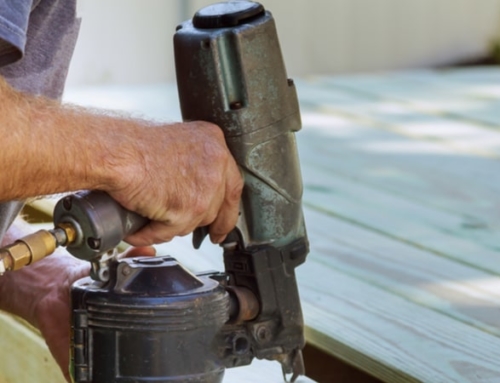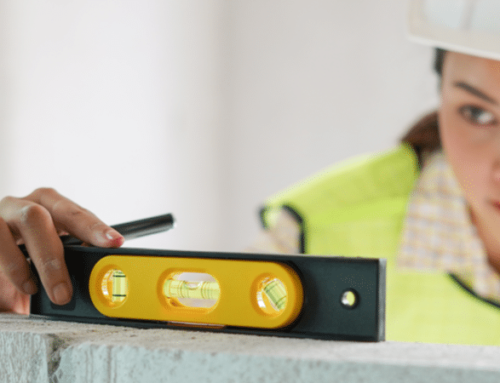When the Lockport, Illinois couple went to look at a house for sale, it was the dead of winter. And yet, all the windows of the house were wide open, and there was incense burning.
The house smelled good. But the couple should have smelled trouble.
It turned out that the house didn’t have the proper piping and sewers. For years, raw sewage had been pumping out into the crawl space beneath the house and out onto the back yard. (The neighbors always wondered what made the lawn so green.)
The home inspector somehow missed the fact that the crawl space was covered in 6 inches of sludge. In fact, he gave this home a good inspection. The FHA inspector also missed plenty of red flags.
The family moved in, but soon discovered that behind the wallpaper were walls of mold. What they didn’t realize until later is that the entire internal structure of the home was covered with it too.
After one of their children got so sick she had to be hospitalized, the family left their belongings and moved out. They can’t go back. But the house purchase fiasco will probably bankrupt them, staining their credit history for the next 10 years.
There were plenty of red flags for this family to see, starting with the windows being wide open during the dead of winter. At the sight of something this odd, the family should have walked right out the door. Instead, they closed their eyes, and their dream of homeownership has turned into a living nightmare.
You can’t hire a professional home inspector to go with you to every showing. But you shouldn’t need to. A savvy home buyer keeps his or her eyes open for red flags that could be signs of trouble.
What should you watch out for?
Anything odd and out of the ordinary. Let’s start in the basement. Is the basement freshly painted while the rest of the house hasn’t been touched? Are there large boxes, sofas or other immovable objects against the wall? It could be that the seller is trying to cover up evidence of leaking, structural problems or pest infestation.
Are there rooms or areas which you’re not invited to go in? When a home is for sale, no room or closet should be off-limits. If you’re told you can’t go into the basement because the dog is shut up down there, it should be a warning sign.
Even if the rest of the house is perfect, do not write an offer until you’ve gone back to the house – while the owner is there to take care of the pet – until you have seen what’s behind that closed door.
Look up. Do you see brown stains anywhere on any of the ceilings, on any floor of the house? These could be water marks, signs that water has leaked from either the roof or a bathroom and seeped through the floors. Black spots could indicate that mold has grown right through the drywall. Peeling paint and wallpaper may be another sign of water damage.
Look down. Do the hardwood floors appear warped? Are the tiles or grout broken in the bathrooms? Is the carpet stained? Does it smell like mildew? These may also be signs of water damage. Are there little piles of sawdust on the floor? That could be a sign of pest infestation.
Is the house a comfortable temperature? If it’s 100 degrees outside and the doors and windows are open, you have to wonder (and ask!) why the air conditioning isn’t on. If you’re walking through the house in winter and every room except one is a comfortable temperature, you should wonder why that one room doesn’t appear to be getting the right amount of heat.
It could be that the heating or air conditioning system is broken or inadequate, and the sellers don’t want you to know that. Or, you could discover, as one unfortunate home buyer did, that heating ductwork was never carried into the cold room.
By taking a step back emotionally and trying to look objectively at the home, it’s easier to see red flags. You don’t need to be a professional home inspector or licensed real estate agent to read the red flags.
You just need common sense.






Leave A Comment